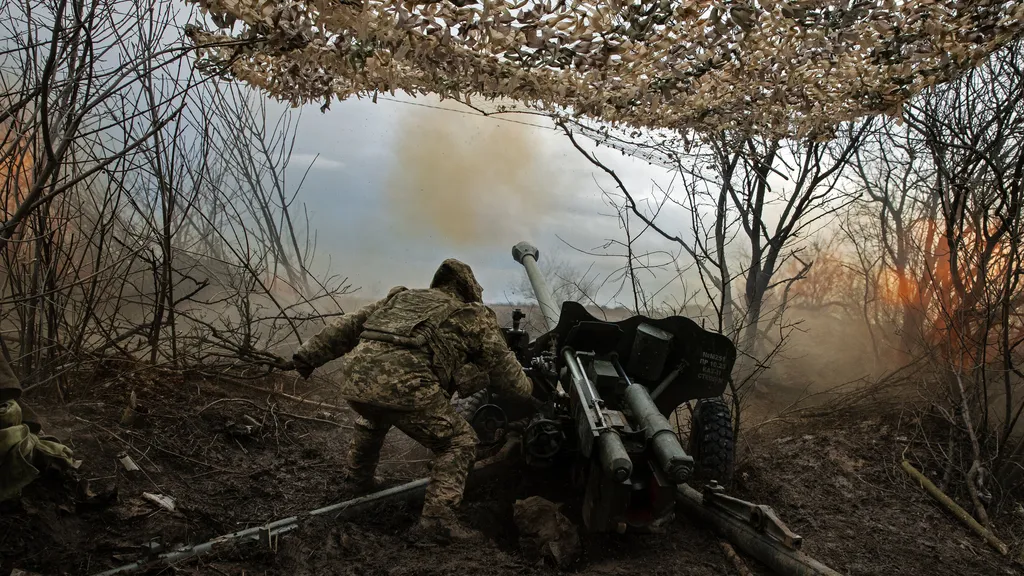In an era where hybrid warfare and quantum computing are reshaping the battlefield, researchers are racing to develop security mechanisms that can withstand the next generation of threats. A new study published in the journal *Сучасні інформаційні системи* (Modern Information Systems) explores how post-quantum cryptography could revolutionise the security of military command systems, offering critical insights for both defence and civilian applications.
Bogdan Tomashevsky, a researcher at Ternopil Ivan Puluj National Technical University in Ukraine, has proposed a novel approach to securing communication channels in military control systems. His work addresses a growing concern: the vulnerability of traditional cryptographic systems to quantum computing attacks. According to the National Institute of Standards and Technology (NIST), a full-scale quantum computer could break both symmetric and asymmetric cryptosystems in polynomial time, rendering current security measures obsolete.
Tomashevsky’s research introduces mechanisms of post-quantum cryptography designed to fortify not only communication channels but also the structural elements of command systems. The proposed solution combines cryptocode structures with cryptosystems based on unprofitable codes, a technique known as multi-channel cryptography. Additionally, the integration of digital steganography methods allows for the concealment of command elements, enhancing security by distributing cryptographic components across different channels.
“This approach provides a robust defence against quantum threats while maintaining the flexibility needed for rapid expansion and scaling of military control systems,” Tomashevsky explains. “By leveraging post-quantum cryptography, we can ensure the stability of both communication and command structures, even in the face of advanced adversarial capabilities.”
The implications of this research extend beyond military applications. As governments and private enterprises increasingly rely on digital infrastructure for critical operations, the need for quantum-resistant security measures becomes paramount. The energy sector, in particular, stands to benefit from these advancements, as power grids and other essential systems become more interconnected and vulnerable to cyber threats.
Tomashevsky’s work highlights the importance of proactive innovation in cryptography, urging stakeholders to adopt post-quantum solutions before quantum computing becomes a widespread reality. “The future of secure communications lies in adaptability,” he says. “We must prepare today to defend against the threats of tomorrow.”
As hybrid warfare continues to evolve, the integration of post-quantum cryptography into military and civilian systems could redefine global security standards. Tomashevsky’s research, published in *Сучасні інформаційні системи*, offers a critical step forward in this effort, providing a framework for securing the digital battlefield of the future.

